11 Simple Indoor Gardening Tips for Busy Lifestyles
Finding time to care for plants can be challenging with a busy lifestyle. However, with a few smart strategies, you can easily maintain a thriving indoor garden without feeling overwhelmed. By focusing on simple, low-maintenance techniques and choosing the right plants, you can enjoy the benefits of gardening without the time commitment. These tips will help you create an indoor garden that fits seamlessly into your routine, even when life gets hectic. Whether you’re a seasoned gardener or just starting, these easy methods will ensure your plants stay healthy and vibrant.
This post may contain affiliate links, which helps keep this content free. Please read our disclosure for more info.
Choose Low-Maintenance Plants
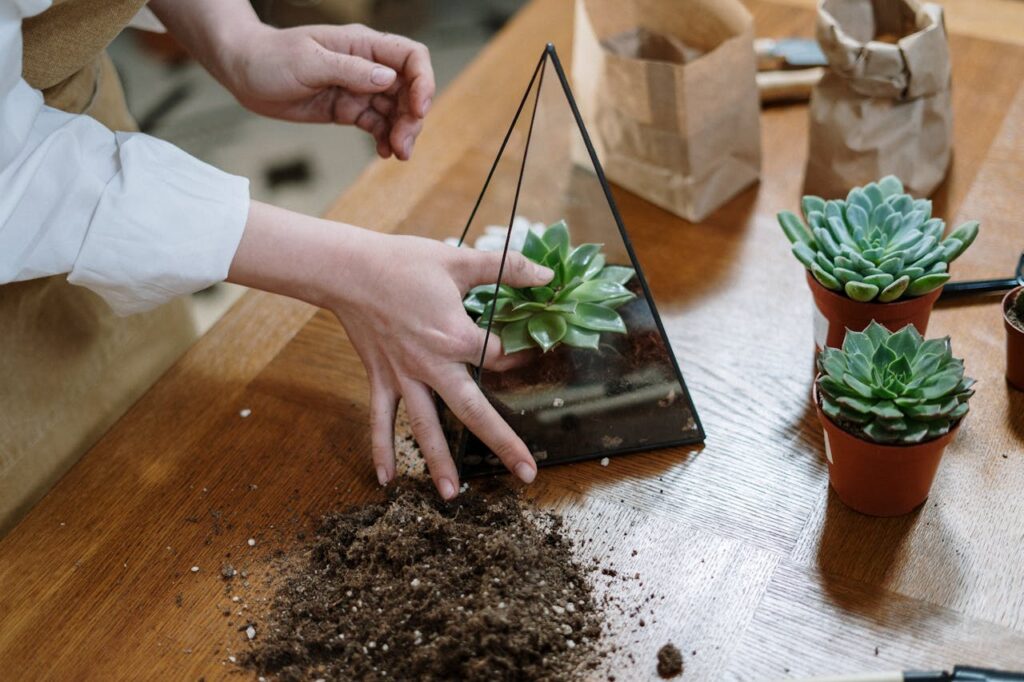
Opt for plants that are easy to care for, such as succulents, snake plants, or pothos. These plants require minimal attention, thriving with occasional watering and indirect sunlight. Their resilience makes them perfect for busy individuals who might forget to water their plants every day. With their forgiving nature, they do not wilt easily, giving you room to focus on other tasks without stressing over your plants.
By selecting these low-maintenance plants, you can build a beautiful indoor garden that requires little effort to keep up with. With proper placement and watering every couple of weeks, these plants will thrive without the constant attention some other plants might need. Over time, you will gain more confidence in your indoor gardening skills as these plants continue to grow with minimal upkeep.
Utilize Self-Watering Pots
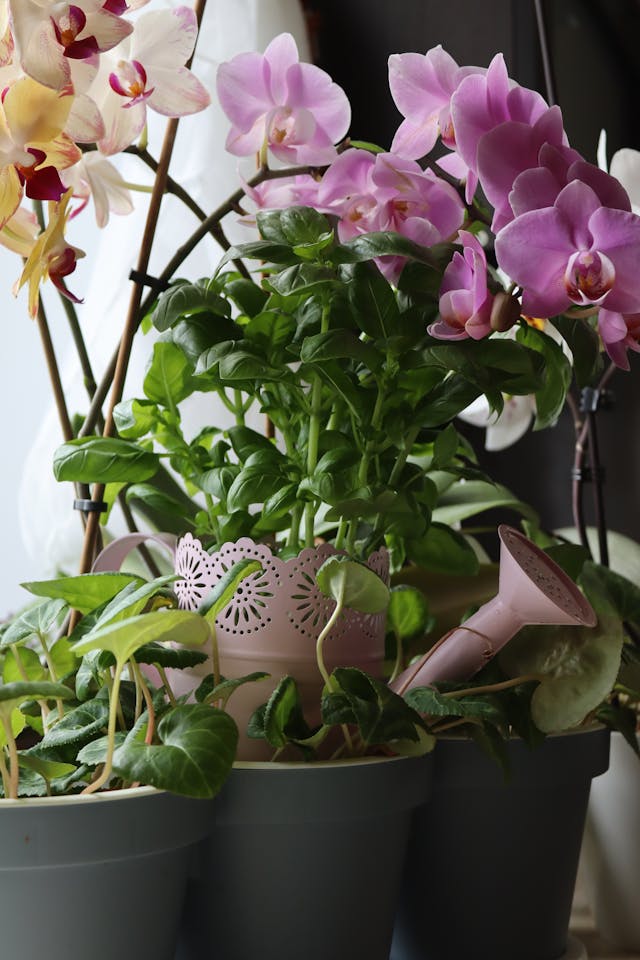
Self-watering pots are a game-changer for busy individuals. These pots have a built-in reservoir that supplies water to the plant as needed, making it easier to manage your plants even with a hectic schedule. Once you fill the reservoir, the plant will be able to take up water as required, reducing the frequency of watering. This makes self-watering pots ideal for people who travel frequently or have little time for plant care.
Not only do self-watering pots help conserve water, but they also reduce the risk of overwatering, which can damage plants. You will find that your plants flourish in a more controlled environment, even when you are unable to water them daily. This simple investment makes maintaining an indoor garden incredibly convenient, no matter how busy life gets.
Set Up a Simple Watering Schedule
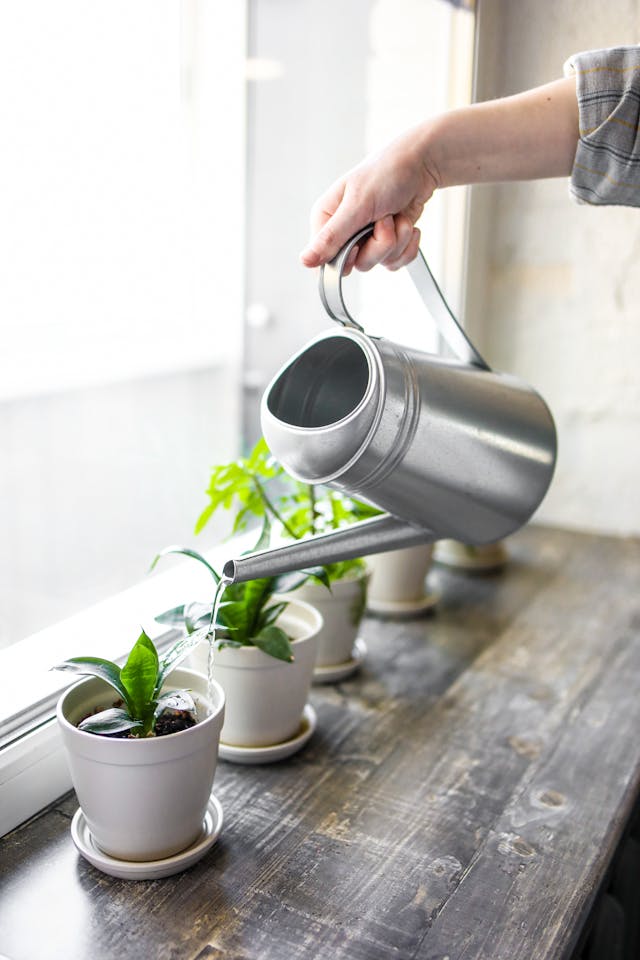
Establishing a basic watering schedule helps ensure your plants are getting enough water without the need for constant checking. Mark the days of the week when you will water your plants, such as once a week or every ten days, depending on the plant type. This small commitment takes just a few minutes and ensures that your plants remain healthy without requiring daily attention.
Having a set schedule prevents the stress of remembering to water each plant individually, especially when life becomes hectic. Use a reminder on your phone or calendar to make it a part of your routine. By sticking to a simple watering plan, you will help your plants thrive and reduce the risk of under- or over-watering.
Place Plants in the Right Spot for Sunlight

Sunlight is essential for plant growth, but finding the right spot in your home can make all the difference. Focus on areas that receive indirect sunlight, like windowsills or near light-colored walls, to ensure your plants get enough light without needing to move them constantly. Indoor plants typically require about 6-8 hours of light each day, but they can survive with less if placed correctly.
It is important to observe the light patterns in your home. Even in a busy household, finding a space where plants can naturally thrive with minimal adjustments will help them grow strong. A little research into each plant’s light preferences can prevent unnecessary stress on you and your plants.
Use Fertilizer Sparingly
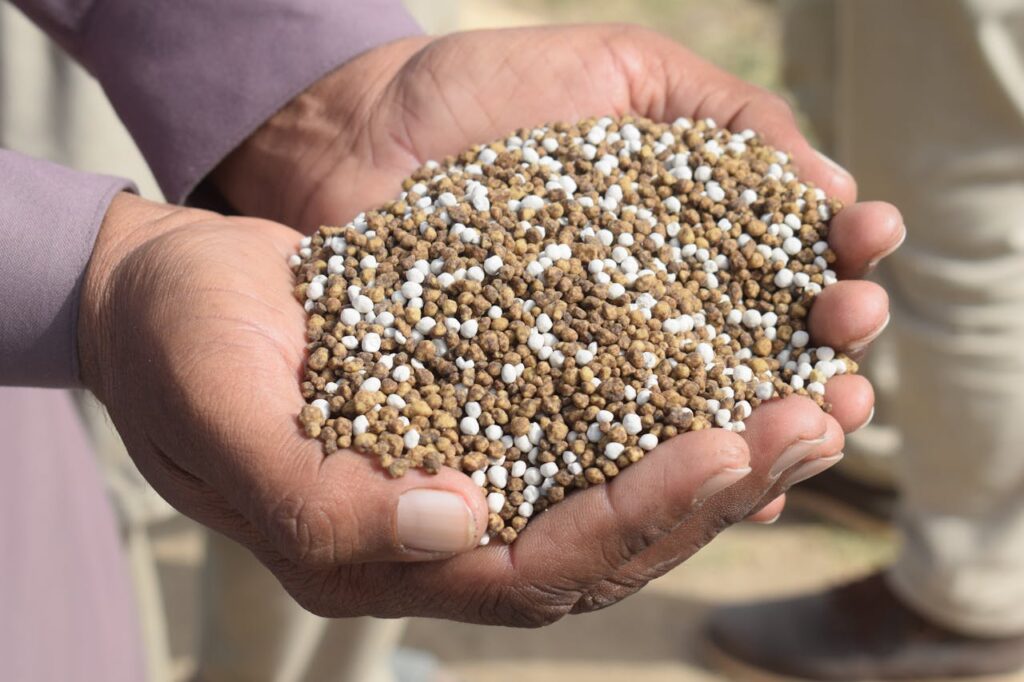
Fertilizing your plants can help them grow, but over-fertilizing can harm them. Busy individuals may find it helpful to choose slow-release fertilizers, which provide nutrients over time and reduce the need for constant feeding. By applying fertilizer every couple of months instead of every week, you simplify the care routine without sacrificing plant health.
Additionally, organic fertilizers are often gentle on plants and can be a good option for low-maintenance care. By finding the right balance, your plants will continue to thrive without the need for constant attention to their feeding schedules. This approach allows you to focus on other tasks while still caring for your indoor garden.
Opt for Indoor Herb Gardens
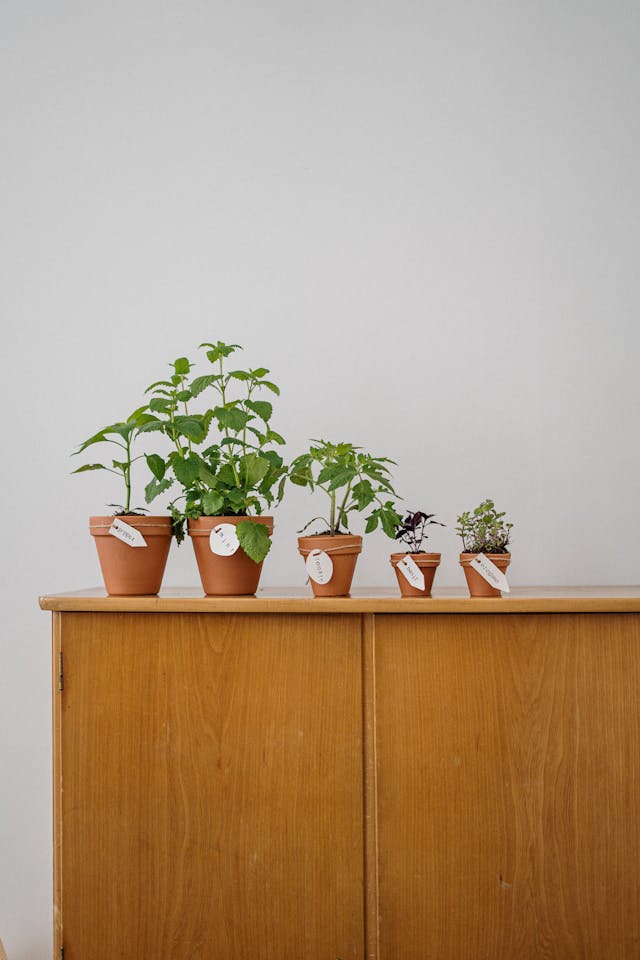
Herb gardens are a wonderful way to enjoy gardening while keeping it simple. Herbs like basil, mint, and thyme are easy to grow indoors and require only minimal space. They thrive with just a small amount of water, sunlight, and occasional trimming. Whether in small pots or a countertop garden, these herbs can offer fresh ingredients for your cooking without taking up much of your time.
Herb gardens are perfect for busy individuals who want to bring a little greenery into their lives without commitment. Since herbs are often used in cooking, having them close by allows you to harvest them as needed. Their fast-growing nature also provides the satisfaction of seeing progress with little effort.
Invest in Grow Lights
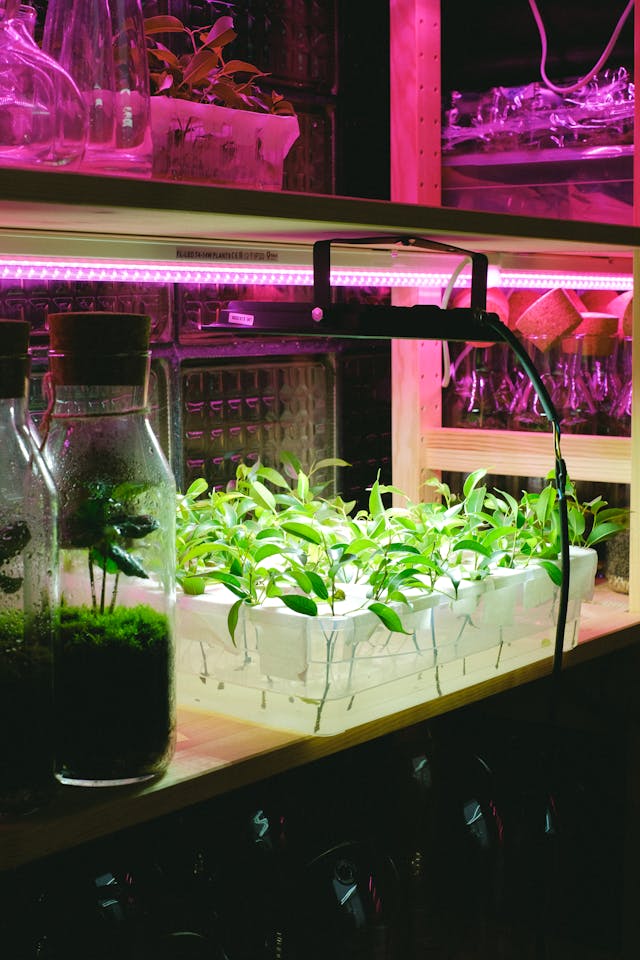
For those who struggle with natural light in their homes, grow lights are an ideal solution. These artificial lights mimic natural sunlight, making it possible to grow plants in areas that might otherwise be too dark. With the right grow light setup, you can ensure your plants get the necessary light for growth, even in low-light rooms.
Investing in LED grow lights is a great option because they are energy-efficient and produce less heat than traditional bulbs. Once you set them up near your plants, you can rest assured that they will receive adequate light. This small investment can make indoor gardening much more achievable for those with limited access to natural sunlight.
Use Pre-Mixed Soil for Indoor Plants
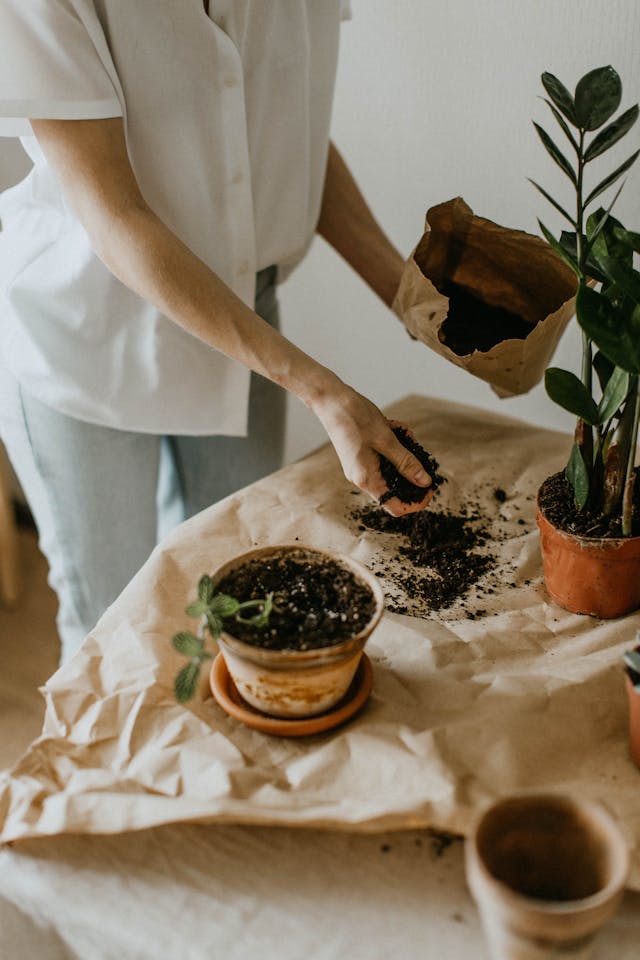
Pre-mixed soil eliminates the hassle of mixing different soil types and additives, which is helpful for busy gardeners. This type of soil is already formulated to meet the needs of indoor plants, providing the right balance of nutrients, drainage, and moisture retention. By simply purchasing pre-mixed soil, you save time and reduce the chance of using the wrong type for your plants.
With the right soil, your plants will have a solid foundation for growth. You can focus on other tasks while knowing your plants are getting the proper care through this time-saving choice. It is an easy way to simplify your gardening routine and give your plants the best chance at thriving.
Use Large Containers for Less Frequent Repotting
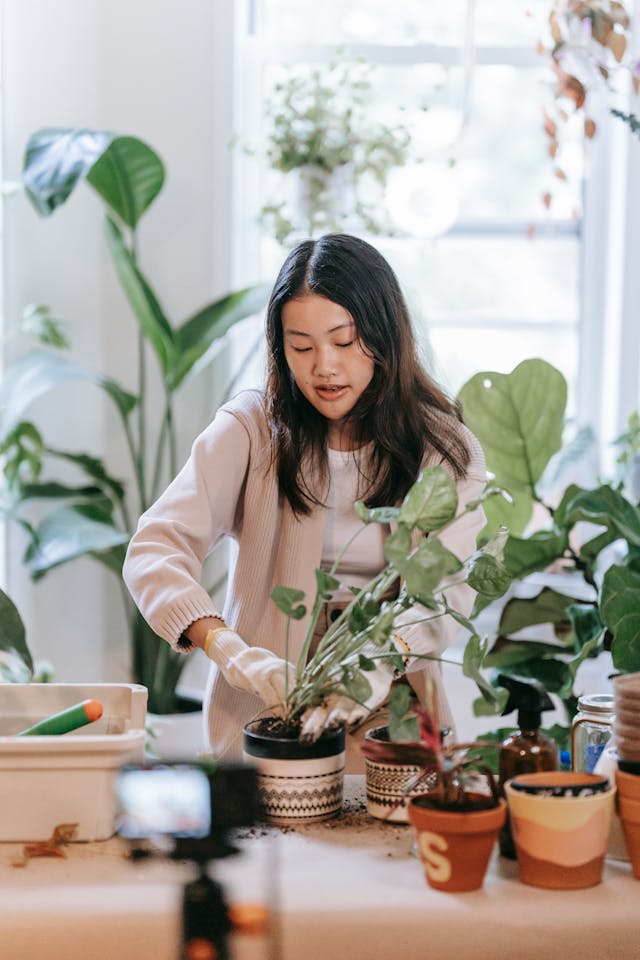
Choosing larger containers for your plants reduces the frequency with which you need to repot them. Larger pots provide more room for the roots to grow, which can help the plant thrive for a longer period without needing to be transplanted. This also allows for better water retention, so you do not need to water as often.
Larger pots are particularly beneficial for busy individuals who may forget to repot plants regularly. With this method, you can enjoy a thriving indoor garden without the hassle of constant maintenance. It’s an easy way to keep your plants healthy while reducing your workload.
Incorporate Low-Tech Gardening Tools
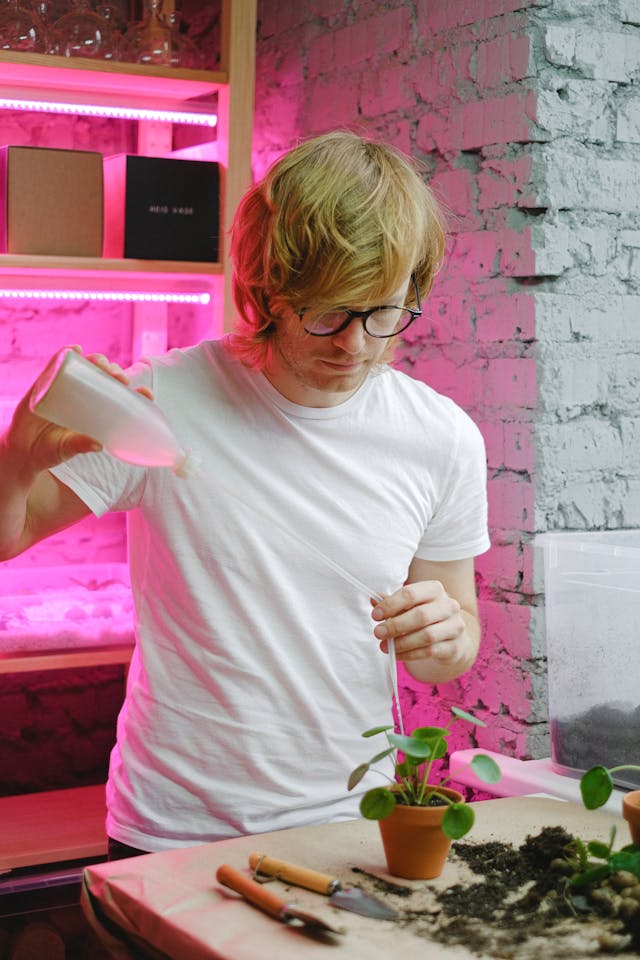
Investing in low-tech gardening tools can make caring for your indoor garden easier. Tools like a simple watering can with a long spout, a moisture meter, or a timer for grow lights can make your gardening routine more manageable. These tools do not require constant adjustment, yet they can help you provide the right care with minimal effort.
The right tools save you time and energy, making your gardening process smoother. Whether it is monitoring soil moisture or ensuring that your plants receive enough water, these tools help you stay on top of your gardening without dedicating hours to the process.
Group Plants with Similar Needs Together
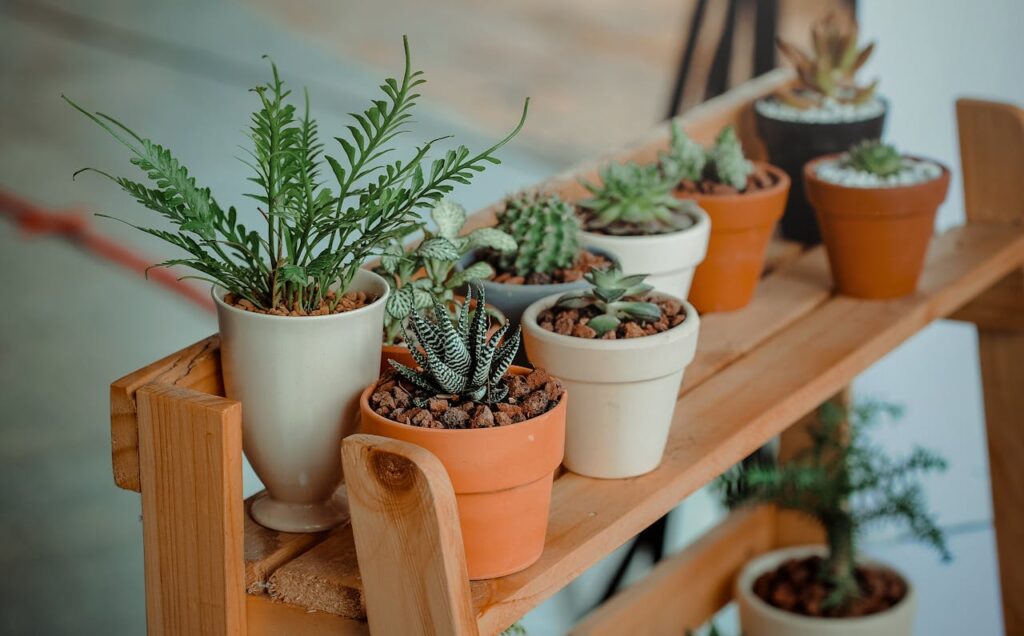
By grouping plants that have similar sunlight and watering needs, you simplify plant care. This method makes it easier to establish a routine that works for all your plants, reducing the time spent checking individual requirements. For instance, succulents can be grouped, while ferns and other moisture-loving plants can share the same space.
This method also ensures that your plants do not compete for resources. You will find that a little planning ahead of time allows you to care for your garden more efficiently, making it a perfect strategy for busy people who want a thriving indoor garden with minimal effort.
This article originally appeared on Avocadu.
